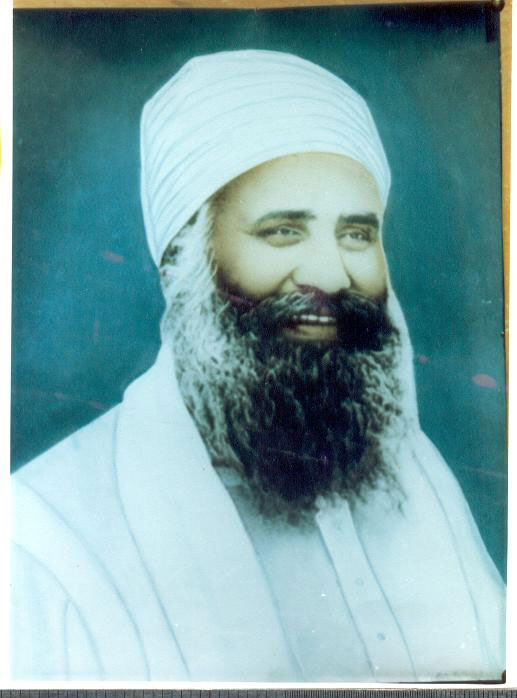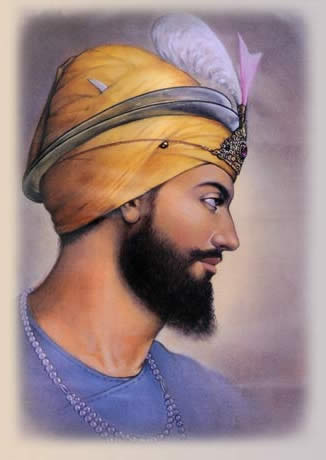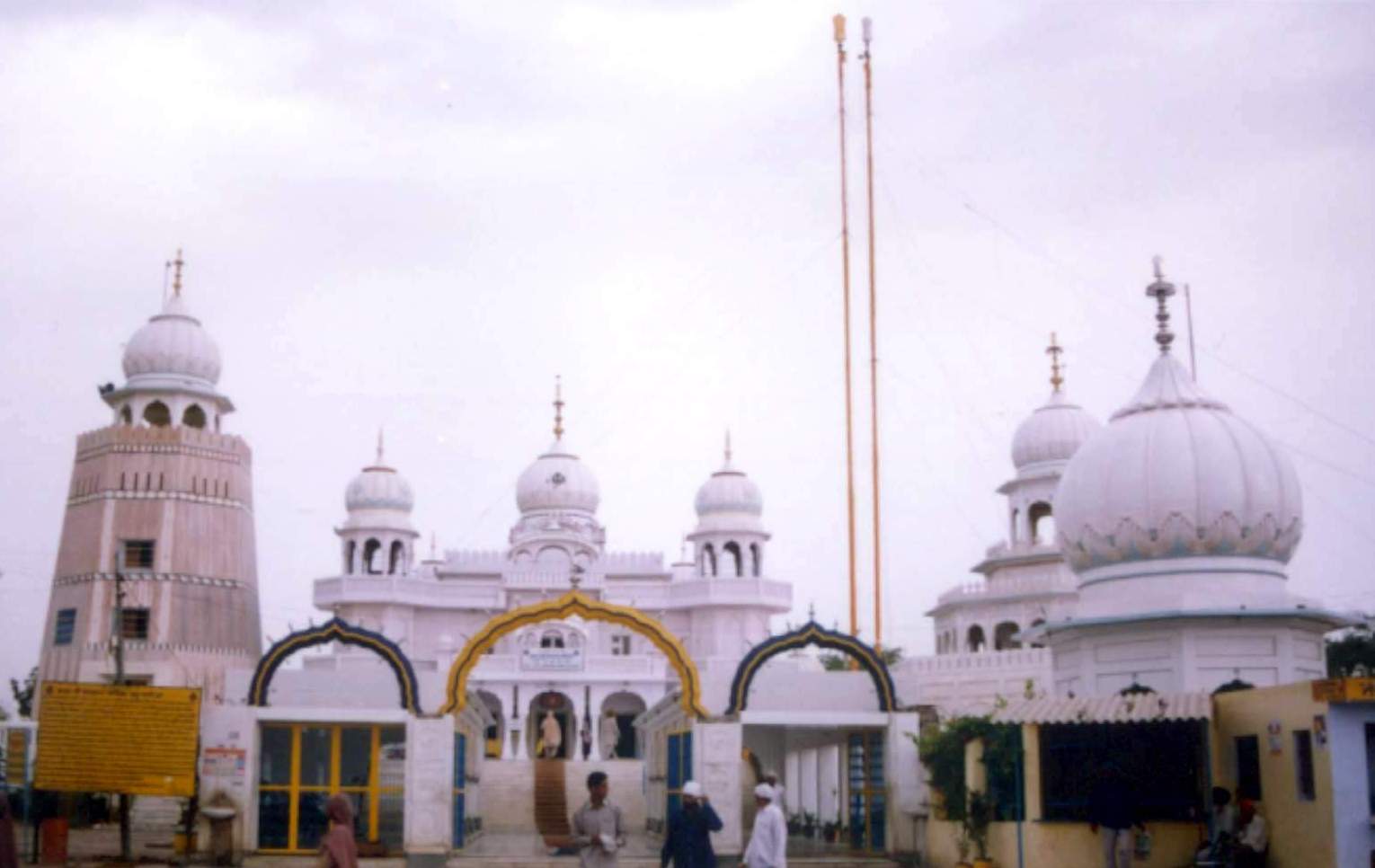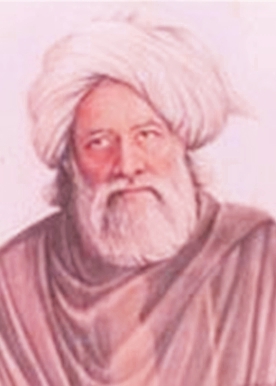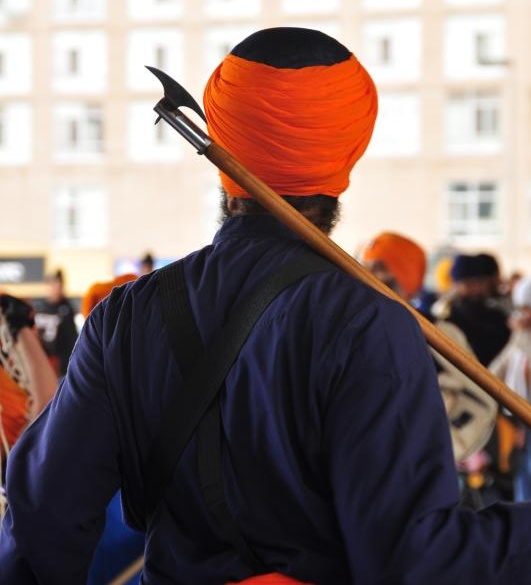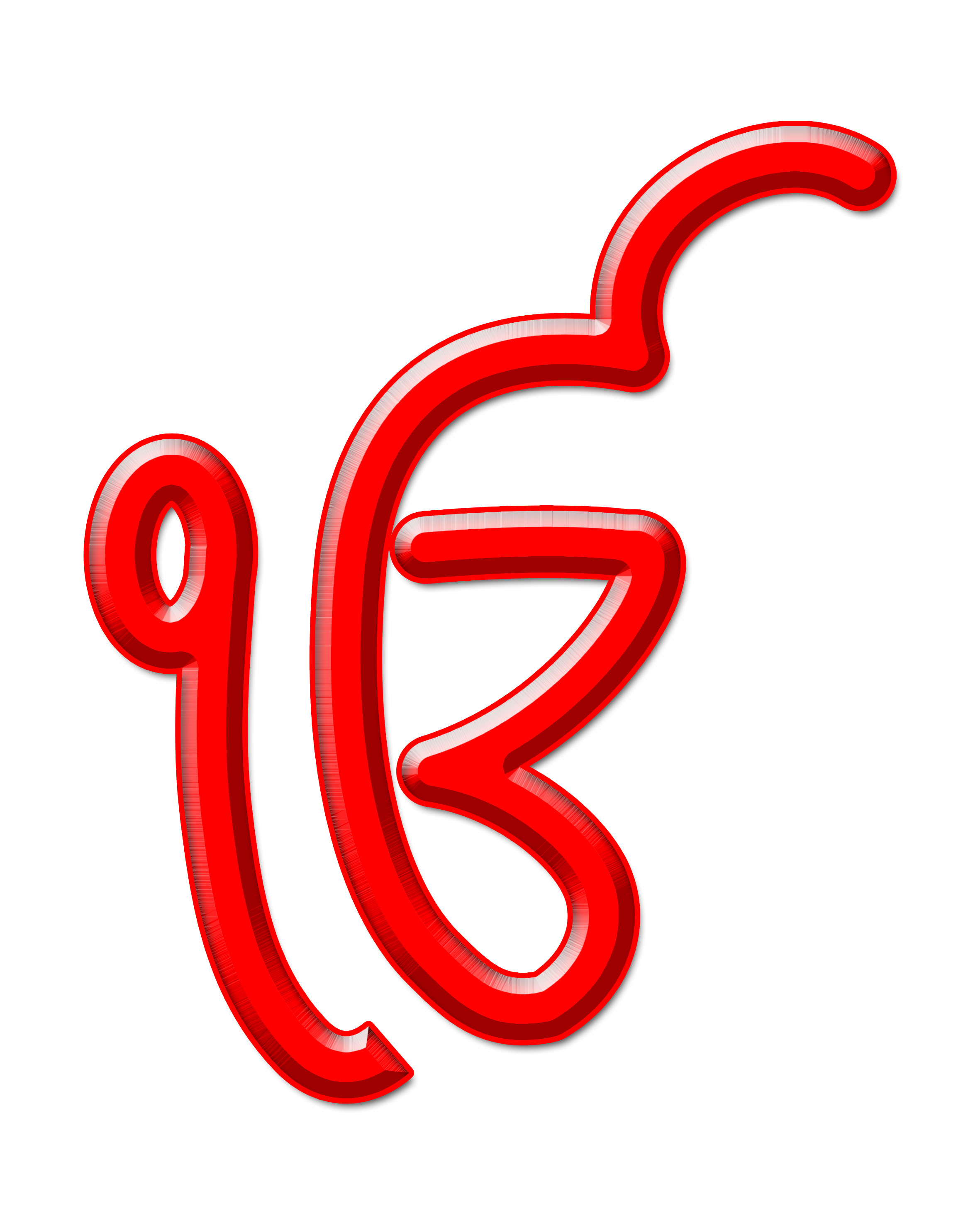Main Page: Difference between revisions
Hari singh (talk | contribs) No edit summary |
(TEST to show that you are on new server) |
||
| Line 56: | Line 56: | ||
{{Forthcoming_Events}} | {{Forthcoming_Events}} | ||
{{Aowhb|[[Kids Mainpage|Go to SikhiWiki for Kids]]}}<!------- ---- {{Wallpaper1}} -----> | {{Aowhb|[[Kids Mainpage|Go to SikhiWiki for Kids]]}}<!------- ---- {{Wallpaper1}} -----> | ||
|}<!---- END OF RIGHT-COLUMN and START OF BOTTOM FEATURES - Calendar | |}<!---- END OF RIGHT-COLUMN and START OF BOTTOM FEATURES - Calendar - etc <br clear="all">-- --> | ||
{{MainpageBottom}}__NOTOC__ __NOEDITSECTION__ | {{MainpageBottom}}__NOTOC__ __NOEDITSECTION__ | ||
Revision as of 20:16, 22 February 2010
Welcome to SikhiWiki,a free Sikh Encyclopedia and learning tool...
... with 6,365 articles on Sikhism; total hits on this page
of 1,477,055+ & [[Google 2008|total of Template:NUMBEROFVIEWS pages viewed at the site.]] Sat Sri Akal, Waheguru ji ka Khalsa, Waheguru ji ki Fateh |
| Tuesday October 7, 2025 |
|
Baba Ishar Singh Ji (26 March 1913 - 7 October 1963) (Born Inder Singh ) was the son of S. Bagga Singh and Mata Partap Kaur. He was born on the 26 March 1913 (13th Chet) at the Village of Jhoraran, District Ludhiana (Punjab, India) He died on the 7 October 1963 at the age of 50 years. Inder Singh (his childhood name) had four brothers and two sisters. Even as a child he was very soft spoken, of a kind temperament and a very helpful attitude to others. He was very fond of listening to the historical accounts of the lives of the Sikh Gurus and the stories of the lives of saintly and divine people. That is why, perhaps, even at a young age he never liked to indulge in any 'trivial' playing or simple games that most children are fond of. Instead of jumping and indulging in playing around with boys of his age, he would rather spend time meditating on the formless god, in a secluded and quiet place. .....More Daulat Rai, an Arya Samajist was living in India during the late 1800's and the early part of 1900's. He was so disturbed by the publication of books by some Hindu activists whose writings maligned the Sikh Gurus that he was forced to pick up the pen himself. The now famous book: "Sahib-e-Kamal (par excellence) Guru Gobind Singh" was written by him. In his book he reminded Punjabi and Hindus of the humiliation and degradation to which their ancestors were subjected under Mughal rule before the Khalsa liberated them. Quoting various historical sources, he wrote:
Did you know...
Once Baba Bulleh Shah was sitting on the bank of a river when he saw this lady selling carrots. People were coming to buy her produce, but when they start picking and choosing the carrots, she would say, "I only sell carrots in volume; there is no pick and choose." So all these people had to buy carrots in volume/in bulk; not by selection. Then there was this handsome man, who came to her to get carrots. However, this time she herself picked the best carrots for him! Bulleh Shah was quite surprised looking at the incident. So after this men had left, Bulleh Shah went to the lady and asked her. "How come you let him hand pick the carrots; in fact you picked and chose the carrots for him yourself." She replied, "Bulleh Shah ji, he is my husband, there is no counting or accounting between lovers." ....More "Without compassion there is no religion" is a central belief of the Sikhs. The sanctity of this world is held in place by dharam (path of righteousness) which in turn is a product of compassion or daya. Without compassion, this world would turn into hell and neither justice nor righteousness could be found anywhere. The Sikhs consider the Guru a divine spirit which can guide and provide instructions on how to become a better person and a useful member of the sane and saintly society. In the Guru Granth Sahib, the "holy book" of Sikhism, is found the following Shabad or sacred verse:
|
Recent articlesPopular articles
Sikhi FAQ...
Recent articlesPopular articles
| |||||||||||||||||||||||||||||||||||||||||||
Template:2025/10 Template:2025
| Popular Articles on Sikhi Wiki |
|
Mool Mantar | Japji | Sikhism | Dasam Granth | Kirtan | Beliefs | Bani | Gurus | SGGS | Bhai Manjh | Vegetarianism | Bhagat Sain | Bhagat Dhanna | Today | Blogs |

